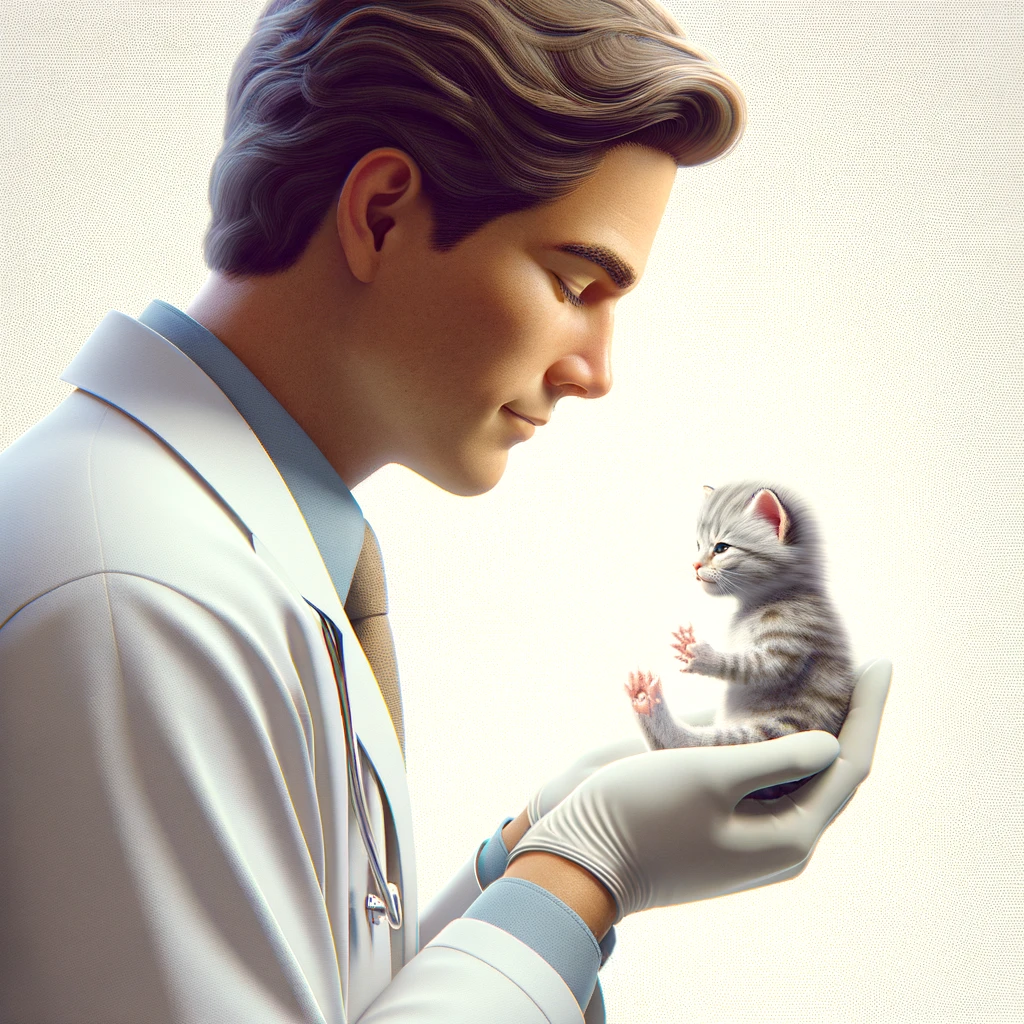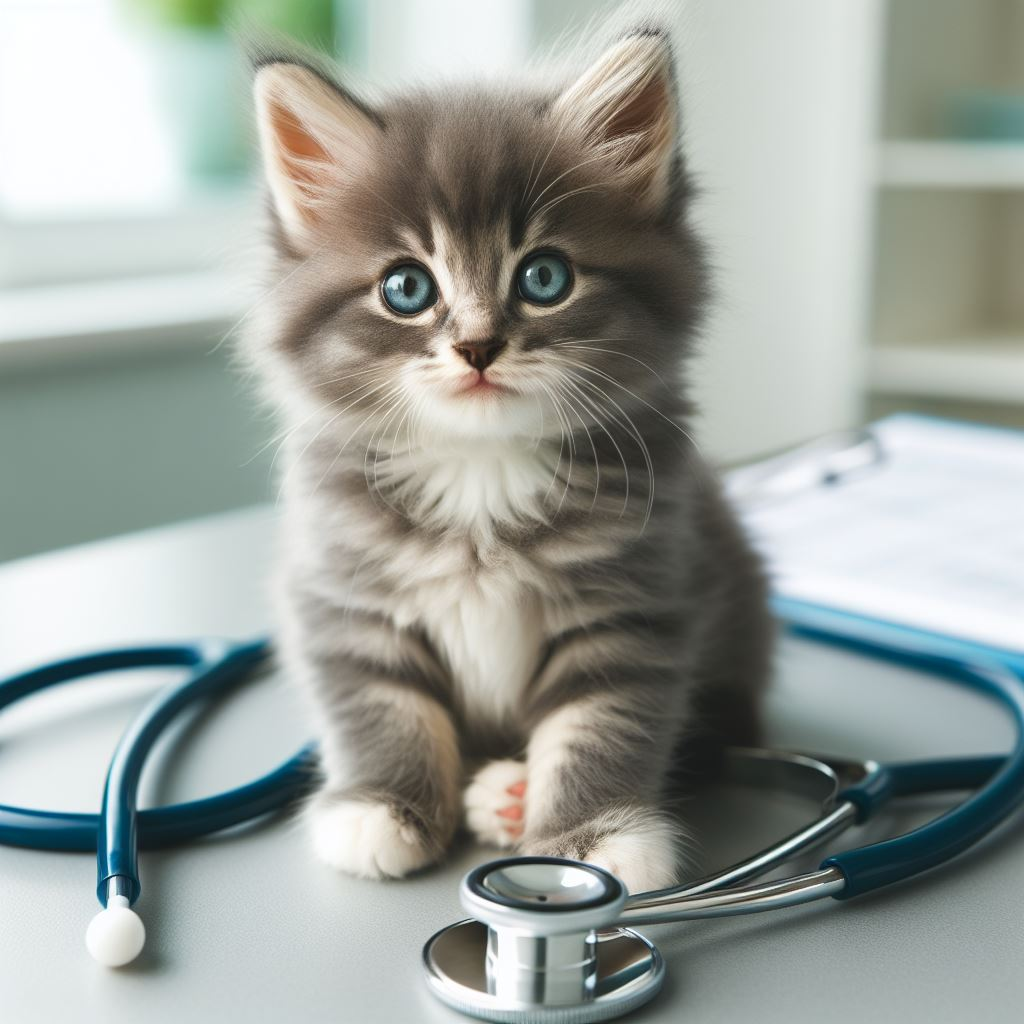
When Do Kittens’ Eyes Open for the First Time?
If you’ve ever raised kittens, you know that watching those tiny eyes open for the very first time is one of the most precious memories. Like proud new parents, we kitten caregivers eagerly await this major developmental milestone. When exactly does it happen, and what can we do to make sure our sweet fur babies transition smoothly into this exciting new stage?
“When will they open their eyes?” is a common question among new kitten owners. Well, the wait is nearly over! Kittens typically open their eyes between 7 and 14 days after birth. I know, I know—the suspense is killing you already! But trust me, that first glimpse of bright, curious kitten eyes will be so worth it.
Peeking Into the World: Gradual Eye Opening

Now, it’s important to understand that the eyes don’t just suddenly flip open all at once like mini Venetian blinds. Nope, sorry to disappoint all you “magic moment” hopefuls. This is a gradual process that occurs over several days.
At first, you might notice a thin slit separating the eyelids kind of like a newborn baby whose eyes are not quite adjusted to the light. Over the next few days, this slit will steadily widen until—voila!—two fully opened eyes are gazing back at you. Of course, kittens’ vision is still developing at this point, so everything will look rather blurry to them, like a fuzzy watercolor world.
“It was the cutest thing,” recalls cat mom Jill. “Mittens would squeeze her eyes open just a tiny bit like she was trying to sneak a peek. A few days later—pop!—big round eyes looking back at me. I’ll never forget that moment.”
Health Watch: Monitoring for Issues
While you eagerly await those baby blues, it’s important to keep an eye on their overall health and watch for potential issues. Those brand-new eyes should look clear and “bright-eyed,” with no redness or goopy discharge. If you notice swelling, crustiness, or an abnormal color, contact your vet ASAP as this could signal an infection.
Kittens are still extremely fragile at this point, relying completely on mom cat or their human caretakers. Make sure orphaned kittens are kept warm and safe. Handle them gently, never forcing their eyes open before they are ready.
Pro tip: Check each eye carefully under natural light, looking for any concerning symptoms. Your vet can prescribe antibiotic eye drops if necessary. Prompt treatment prevents permanent damage.
Discovering a Whole New World
As their vision improves, those tiny kittens will drink in their surroundings with new wonder. “Whoa…what is that thing?! And that thing over there?!” Don’t be surprised if they stumble around quite clumsily at first. The world is still new and confusing with so many sights to take in.
Gradually, they gain more control of their motor skills. They’ll begin crawling and climbing with more coordination, building confidence to explore. Some may even take their first wobbly steps! Each day brings greater mobility and independence.
Make sure kittens have a safe but stimulating area to navigate. Lots of cat trees, tunnels, toy mice, and cozy beds hold endless fascination! Interactive play encourages them to pounce, chase, and develop eye-paw coordination.
Eyes Wide Open: Entering the Playful Stage
Fast forward a few weeks, and those eyes will not only be fully operational—they’ll be downright mischievous! Clear-eyed kittens enter an exuberant play phase, scampering around nonstop, filled with curiosity about anything that moves. They pounce on their littermates, play-attack your ankles, and generally cause delightful chaos.
You’ll also notice their baby blues transform into their permanent eye color, usually by 12 weeks old. Enjoy watching your kittens discover their world through fresh, wide-open eyes. Just try not to melt from the extreme cuteness!
Why Vision Matters for Development
As you can see, the onset of vision is pivotal for kittens to interact with their environment. At first, they can only see what’s directly in front of their nose, but tracking skills strengthen quickly. The ability to perceive depth, distances, and details equips them for survival as they learn to hunt, climb, judge spaces, etc.
Mental stimulation is just as important as physical at this age. Engaging in toys, games, and activities helps form neural connections. Think cat puzzles, treat balls, hide-and-seek with toys. Support your kitten’s visual prowess through play and positive reinforcement.
Sensory Development: Smell, Sound, Touch
While vision holds center stage during this phase, kittens actually rely more on other senses like smell and hearing. These instincts are crucial for bonding, security, and environmental awareness. Long after their eyes have opened, these acute senses continue helping them navigate the world.
Around 2-3 weeks old, kittens start responding to sounds and recognizing caretaker’s voices. Their sense of smell also identifies familiar people and feline family, signaling safety. Positive associations now will pay off later, so handle kittens frequently, letting them snuggle in laps and sleep near loved ones.
Nutrition Needs for Eye Health
Growing kittens have specific dietary needs, especially when undergoing major developmental leaps like an eye-opening. Key nutrients support vision health along with overall growth. Feed kitten-specific formula packed with more calories, proteins, vitamins, and fatty acids than adult cat foods.
Hydration is hugely important too, facilitating healthy eye functioning. Always provide unlimited fresh, clean water. Consider adding broth or kitten milk to encourage fluid intake. Ask your vet about supplements if you are concerned about nutrition.
Socialization: Forming Healthy Bonds
Now that those eyes are open for business, social interaction becomes vital for development. Exposing kittens to new sights, sounds, people, and supervised pets helps them become well-adjusted. Use treats, toys, and play to make experiences positive.
This is also the perfect time to start training good behaviors like using scratch posts, accepting nail trims, and tolerating harness and leash walking. Kittens learn quickly, so make the most of this formative stage!
Continued Monitoring
Well-kitten vet visits allow professionals to assess developmental milestones, especially vision, motor skills, and hearing. Discuss any concerns about vision changes, eye discharge, or unusual behaviors. Let your vet monitor the growth rate as well.
Soon, those playful fur balls will transform into graceful cats before your very eyes. Reward their curiosity with safe exploration opportunities. Most importantly, shower them with affection while appreciating each delightful stage. What a joy to witness their amazing development!


Leave a Reply